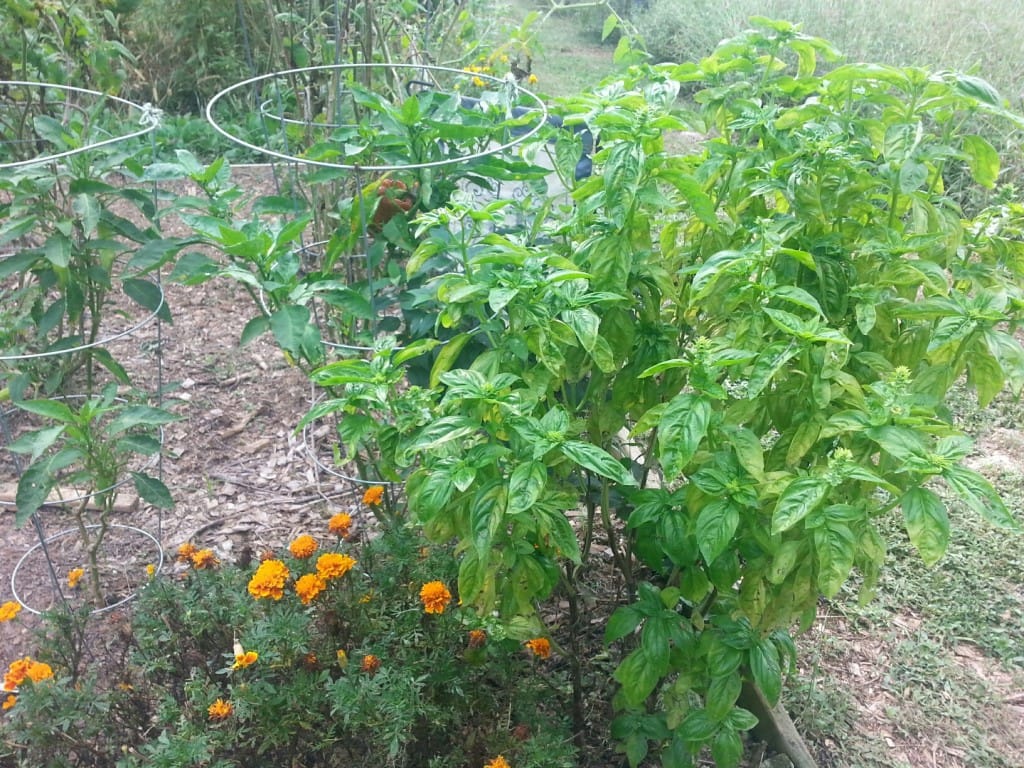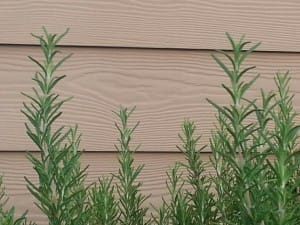October is National Pizza Month and gardeners can celebrate using pizza herbs from the garden. October is the time to harvest those delicious herbs before first frost. If you haven’t added herbs to your community or school garden, you should. They are easy to grow and wonderful to use.
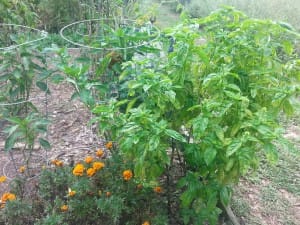
Growing Pizza Herbs
The pizza herbs oregano and basil can be easily grown in-ground, in raised beds, and in containers. These need at least six hours of sun a day and well drained soil. The plants are easy to find at local nurseries or big box stores, usually available all summer long. You can also start pizza herbs from seeds early in the spring.
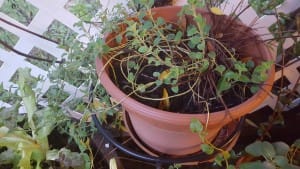
Herbs are most flavorful just before the plant blooms. As you see flowers develop, pinch them off. Throughout the summer it is very satisfying to harvest these fresh pizza herbs for homemade pizza night. They are delicious as a pizza topping or in homemade pizza sauce. Adding them to commercial jarred sauce adds a taste of freshness.
Harvesting and Preserving Pizza Herbs
Know that basil is especially susceptible to frost. You need to harvest all of your basil before the first frost. If you are growing in containers you can avoid those first frosts by bringing the containers indoors at night.
Herbs are best harvested in the morning hours, rinsed clean, and air dried. The pizza herbs are very easy to dry. Cut the stems as close to the soil as possible. Tie the stems together and hang the bunch upside down in a warm, dry, well ventilated area.
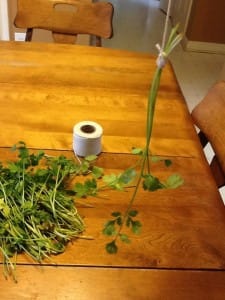
Once the leaves are dry you can crunch them between your fingers and store them in jars. Discard the stems. This is an easy way to enjoy homemade pizza all winter long. There are other ways to preserve the leaves. See Herbs in Southern Gardens for more information.
Herbs are a great way to reduce salt in your diet. Cooking with Herbs, Spices, and Seasonings gives great suggestions in using all of your garden herbs.
Enjoy National Pizza Month. Creating homemade pizza with those end-of-the season tomatoes and herbs from your garden is a delicious end to the summer!
Happy Gardening!

